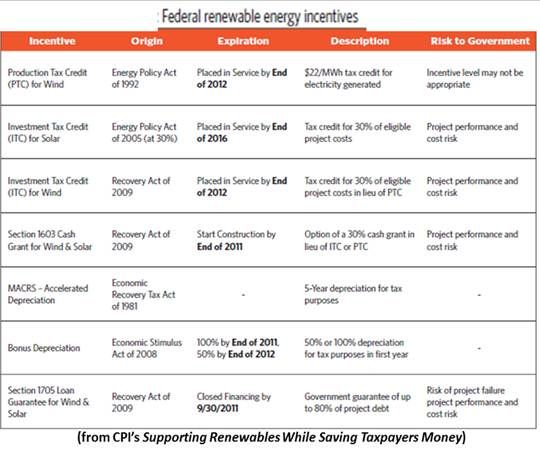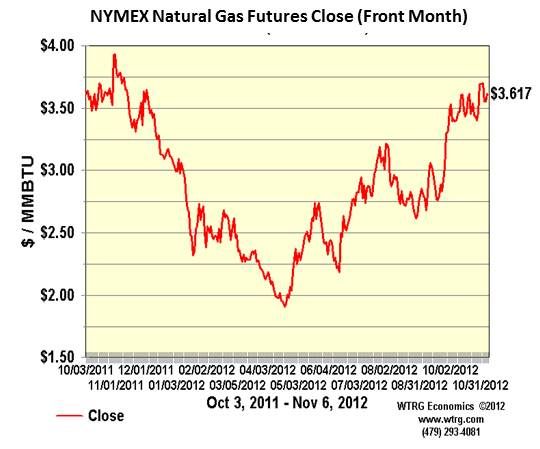The buzz at the American Wind Energy Association (AWEA) Fall Symposium is that AWEA hopes to negotiate a phase-down of the two-decades-old, $0.022 per kilowatt-hour incentive, the production tax credit (PTC), as part of the upcoming congressional tax reform.
The failure of Congress to extend the tax credit, which expires December 31, has sent the industry tumbling. MAKE Consulting forecasts this year’s ten-plus gigawatts of new installations will fall next year to, at best, three gigawatts. But industry watchers believe the re-election of President Obama, who staunchly defended the PTC during his campaign, foretells a one-year renewal early next year.
Such a renewal, noted Bracewell & Giuliani energy specialist Frank Maisano, may include new language essentially giving developers an extra year by awarding the tax credit to projects that start construction by the PTC’s term end rather than only those that are in service by the deadline.
Longer-term prospects for the incentive are less bright because it faces attack by conservative congressional tax reformers who claim to be ideologically opposed to federal spending.
A reliable industry insider told GTM the industry needs about two technology cycles for innovation to bring the levelized cost of wind generated electricity to subsidy-free competitiveness. A technology cycle is two to three years, he said. After the short-term renewal, he added, AWEA hopes to negotiate a phase-down of perhaps five years with Congress.
Such a phase-down might involve gradually shortening the PTC’s ten-year duration or reducing its amount.

Ray Henger, Chief Financial Officer, OwnEnergy: "If the PTC ramp-down occurs simultaneous with flat gas prices and no changes in state Renewable Portfolio Standards (RPSs) or federal legislation to drive demand, it is very difficult for wind to win a contract with a utility. But I don’t think 100 percent natural gas makes sense. So what will the states require as a fuel mix?"
John Eber, Managing Director, Energy Investments, JP Morgan (NYSE:JPM): "We want to move the industry toward becoming competitive without the subsidy. That was the whole purpose of it -- to be a bridge. It is taking longer than people thought, probably because of natural gas dynamics. But you can see it coming. Look at the capacity factors this year. They are unbelievable. And the cost has come down significantly. We are on the path. The question is, how much time do we need?"
Daniel Elkort, Director, Legal Services, Pattern Energy: "What scares me a little is that we are talking about a sudden change to the PTC versus a gradual reduction in cost. What people don’t talk about much is that we are in a very low-interest-rate environment and our business is very capital-intensive. For an independent producer competing with a utility, cost of capital is a huge issue. Right now, long-term interest rates are 5 percent and 6 percent. You can absorb cost excesses or lost PTC value. What if interest rates pop up 200 basis points or 300 basis points?"

A wind industry veteran said that it comes down to having a push and a pull. The PTC was instituted in 1992, he recalled, but it didn’t start really driving growth until state RPSs were widely instituted after 1999. That, he said, added demand to the return developers could expect from providing supply.
At present, load is flat due to economic stagnation, excess capacity, energy efficiency improvements, low natural gas prices and the filling out of many state mandates. Technology advances will continue to grow efficiencies. But an economic recovery could grow demand, put excess capacity to work, and drive up the price of natural gas. And state legislatures may increase existing mandates.



